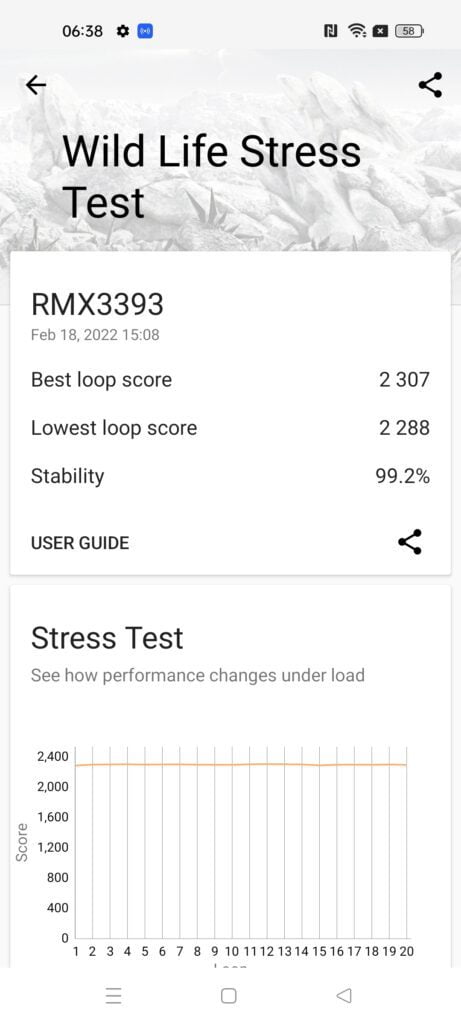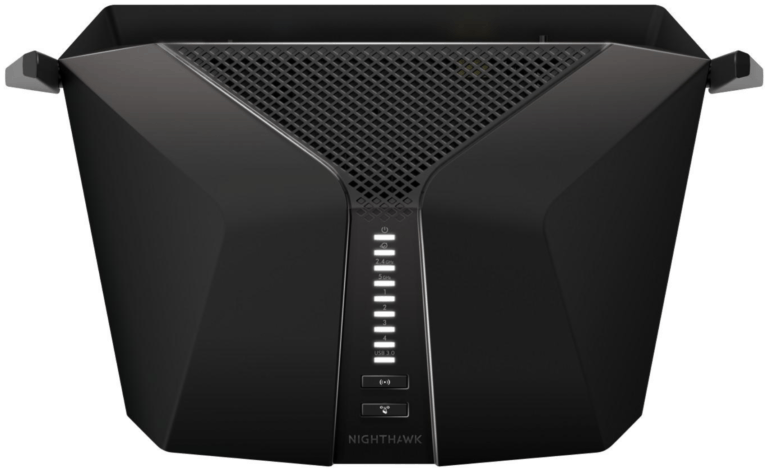Any links to online stores should be assumed to be affiliates. The company or PR agency provides all or most review samples. They have no control over my content, and I provide my honest opinion.
This year, the mid-range of the market is becoming quite interesting. In recent years this segment of the market has improved a lot, in particular with both the chipset and display.
More recently we have started to see more of a focus on camera performance. You can now pick up a mid range phone that has both excellent processing power and is also great for taking photos. For most people, there is little need to opt for a flagship device anymore.
The Xiaomi Poco X4 Pro was recently announced globally and is essentially the same as the Indian variant of the Xiaomi Redmi Note 11 Pro+.
They use the mid-range 5G Qualcomm Snapdragon 695, come with a large AMOLED display and have a 108MP Samsung ISOCELL HM2 primary camera.
Then you have the Realme 9 Pro+ which uses the Dimensity 920 a 6.4 inch AMOLED display and the 50MP Sony IMX766 camera sensor.
I haven’t reviewed the Xiaomi Poco X4 Pro, but I have been impressed with the Samsung ISOCELL HM2 on the Realme 8 Pro. I was also very impressed with the camera quality of the Realme 9 Pro+.
However, what about the chipset in these two phones? I’d say they are positioned at the same place in the market and they have similar specifications. We have seen MediaTek become aggressively competitive in recent years with Qualcomm and this year they might arguably have a better range of chipsets.
MediaTek Dimensity 920 vs Qualcomm Snapdragon 695 Specification Comparison
| MediaTek Dimensity 920 | Qualcomm Snapdragon 695 | |
|---|---|---|
| Fabrication Process | 6nm, TSMC | 6nm, TSMC |
| CPU | 2 ARM Cortex-A78@2.5GHz | 2x 2.2 GHz – Kryo 660 Gold (Cortex-A78) |
| 6 ARM Cortex-A55@2.0GHz | 6x 1.7 GHz – Kryo 660 Silver (Cortex-A55) | |
| GPU | Mali-G68 MC4 950 MHz | Adreno 619 950 MHz |
There is not a great deal to go on with the spec. They both use the same fabrication process and have the same basic CPU design. The MediaTek does have significantly higher frequencies, with a 13.6% difference on the A78 cores and 17.6% difference on the A55 cores.
MediaTek Dimensity 920 vs Qualcomm Snapdragon 695 Benchmarks





I have personally run the benchmarks for the MediaTek Dimensity 920 using the Realme 9 Pro+. For the Qualcomm Snapdragon 695 I have pulled the data from various sources but tried to stick to the official numbers, such as those reported by 3Dmark themselves.
Antutu
- MediaTek Dimensity 920: 461982
- Qualcomm Snapdragon 695: 401227
The Qualcomm achieves an admirable score for a mid-range chipset but the MediaTek is well ahead by 15% and sets the trend for the rest of the comparison.
Geekbench
- MediaTek Dimensity 920:
- Single Core: 815
- Multi-Core: 2265
- Qualcomm Snapdragon 695:
- Single Core: 686
- Multi-Core: 2013
Single cores scores show an 18% advantage for MediaTek which is better than expected considering the 13.6% frequency difference.
For multi-core, the Dimensity 920 is 12.5% ahead.
3DMark Wildlife & Stress Test
- MediaTek Dimensity 920:
- Best Loop: 2307
- Lowest Loop: 2288
- Stability: 99.2%
- Qualcomm Snapdragon 695:
- Score: 1207 (official score doesn’t state best/lowest)
- Stability: 99%
Things look much worse for the Qualcomm Snapdragon 695 when it comes to gaming. The MediaTek chipset is 91% out in front.
Overall
While the Qualcomm Snapdragon 695 is a good chipset it fails to offer much competition against the MediaTek Dimensity 920.
In particular, the GPU falls short by quite a large margin. For general use, you probably won’t notice a difference, but if you do any gaming or use any GPU intensive applications then the SD695 is not going to be the best choice for you.
I am James, a UK-based tech enthusiast and the Editor and Owner of Mighty Gadget, which I’ve proudly run since 2007. Passionate about all things technology, my expertise spans from computers and networking to mobile, wearables, and smart home devices.
As a fitness fanatic who loves running and cycling, I also have a keen interest in fitness-related technology, and I take every opportunity to cover this niche on my blog. My diverse interests allow me to bring a unique perspective to tech blogging, merging lifestyle, fitness, and the latest tech trends.
In my academic pursuits, I earned a BSc in Information Systems Design from UCLAN, before advancing my learning with a Master’s Degree in Computing. This advanced study also included Cisco CCNA accreditation, further demonstrating my commitment to understanding and staying ahead of the technology curve.
I’m proud to share that Vuelio has consistently ranked Mighty Gadget as one of the top technology blogs in the UK. With my dedication to technology and drive to share my insights, I aim to continue providing my readers with engaging and informative content.








Anything about power consumption? That would be helpful.